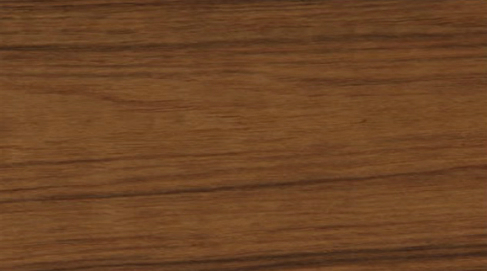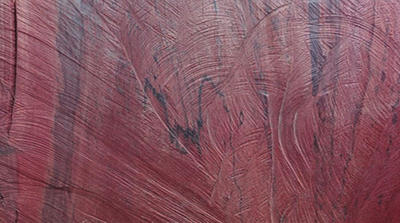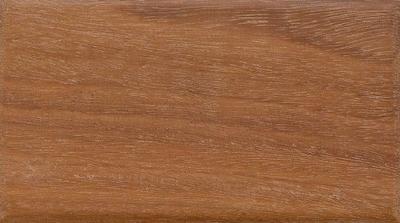Zapotillo
Scientific Name: Licania sp.
Other Common and Commercial Names: Bois gris (Trinidad), Monkey apple (Belize), Carbonero, Abure, Cana dulce (Colombia), Merecure de montaña (Venezuela), Kwepie, Anaura (Surinam), Pintadinho, Caraipè (Brasil), Marishballi, Kairiballi (Guayana).
Appearance: The heartwood is usually yellowish brown to brown or dark brown, sometimes with a reddish tint; sapwood tan, often quite indistinct.
Characteristics: The texture is usually thin and close; pretty low luster; usually granulated right without odor or characteristic flavor. The silica content varies with species, but can be as high as 3 to 4%. Drying is at a moderate to fast rate. Deformation and control are generally rated as mild
Weight: Basic specific gravity (ovendry weight/ green volume) ranges from 0.64 to 0.91; air-dry density from 52 to 72 pcf.
Janka Rating: 2,250
Working properties: Licania forests are difficult to work due to the high silica content and high density. Smooth surfaces can be obtained if the tools are kept sharp. Especially hardened cutters are suggested. It is considered to have a low to moderately low resistance to the attack of decomposing fungi. It is reported that one species is resistant to the attack of dry wood termites; all are known for their high resistance to attack by marine borers.
Uses: Underwater marine construction, heavy construction on the ground, railway sleepers (treated), coal and fuel.



